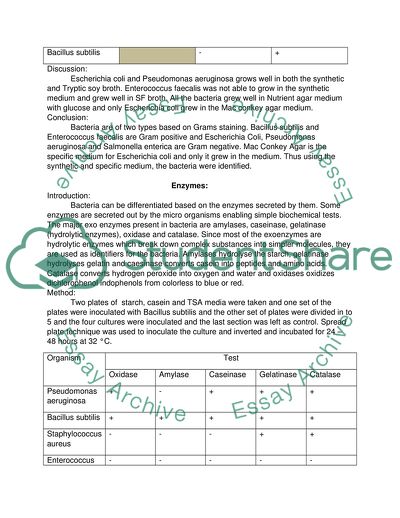Cite this document
(The Bacterial Specific Growth Medium Lab Report Example | Topics and Well Written Essays - 1500 words, n.d.)
The Bacterial Specific Growth Medium Lab Report Example | Topics and Well Written Essays - 1500 words. https://studentshare.org/biology/1796445-differentiation-of-microorganisms-micro-biology
The Bacterial Specific Growth Medium Lab Report Example | Topics and Well Written Essays - 1500 words. https://studentshare.org/biology/1796445-differentiation-of-microorganisms-micro-biology
(The Bacterial Specific Growth Medium Lab Report Example | Topics and Well Written Essays - 1500 Words)
The Bacterial Specific Growth Medium Lab Report Example | Topics and Well Written Essays - 1500 Words. https://studentshare.org/biology/1796445-differentiation-of-microorganisms-micro-biology.
The Bacterial Specific Growth Medium Lab Report Example | Topics and Well Written Essays - 1500 Words. https://studentshare.org/biology/1796445-differentiation-of-microorganisms-micro-biology.
“The Bacterial Specific Growth Medium Lab Report Example | Topics and Well Written Essays - 1500 Words”. https://studentshare.org/biology/1796445-differentiation-of-microorganisms-micro-biology.


